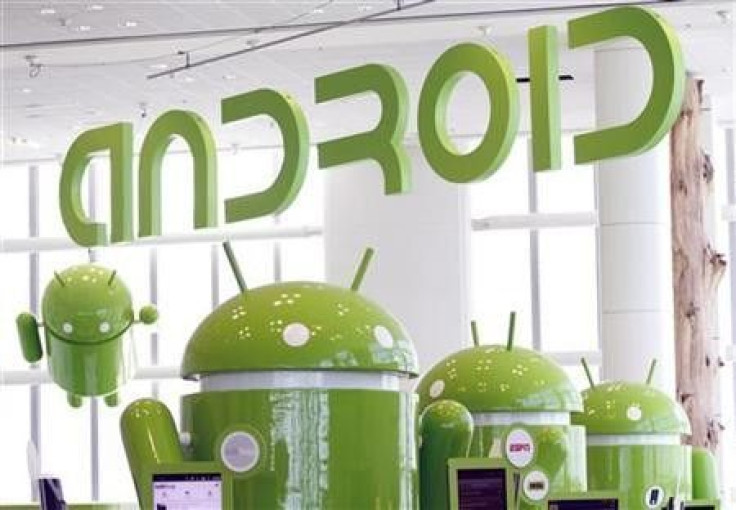Lollipop Vs. KitKat: Design, Security, Notifications And Battery Match-Up

It would be interesting to note the main differences in features that Google has injected in the two OS versions. Consumers would find it useful to understand what the KitKat has in store versus the advanced Lollipop in terms of: Material Design, Security, Notifications and Battery life.
Material Design
Android Authority reports that the Lollipop is getting various Material Design apps which give the latest version of Android more appealing visual effects. The report presented 26 Material Design apps that suits the Android Lollipop.
KitKat users can now have the same Material Design like that of the Lollipop with the Google Now launcher. The new mobile interface can provide almost the same home screen experience without the stock icons though. The Now Launcher has new animations, white Google Search bar, app drawer button and new folder design.
Security
Android Lollipop comes with a smart security feature called Trusted Places. Most smartphones have passwords, but Trusted Places is a feature where a user can set certain safe locations wherein they do not need to lock their phones once they enter those spaces. Users just need to go to Settings then go to Security and tap Smart Lock to declare the preferred locations.
KitKat may not have security features as advanced as the Lollipop, but it comes with a security feature called SE Android or security- enhanced Android. The feature will require applications to ask for permissions before it can install anything or gain access on the device. Users will be given the option to either accept or deny the permissions, Tech Target reports.
Notifications
Despite being the most updated Android version, the notification panel for the Lollipop has been made simple for the user. The most useful feature added is the ability to view detailed notifications on the lock screen.
Some might consider this feature as a problem since anyone will have the chance to peek at the notifications when the phone is left unattended, even if the device is locked. For those who do not want this feature, they can have it disabled by heading to Settings, then tap Sound and Notification and then choose the option not to show notifications when the device is locked.
Meanwhile, KitKat comes with a feature that hides everything while reading or watching a movie. Users who would want to go back to the status bar and navigation buttons can simply swipe the edge. Additionally, KitKat also features unlimited amount of app shortcuts, folders and widgets on the device's home screen panels.
Battery Life
Battery life is also given priority in Android Lollipop. The latest OS has two new needed features which were not made available on KitKat. Users of the Lollipop will be able to see how long it would take to charge the device. There will also be a small graph which will show how much time is left before the battery runs out. Once the device has been plugged-in for charging, the home screen will show the time until the device gets fully-charged.
KitKat has been reported several times to be eating a good chunk of power in some devices. Know Your Mobile has reported a few tricks on how to overcome the issue about KitKat's battery consumption. The report said that one trick is to uninstall Skype and Snapchat which are said to cause the battery drain because of the apps' regular camera access from its background services and for some reason strain the battery.
Email Address: e.reyes@ibtimes.com.au






